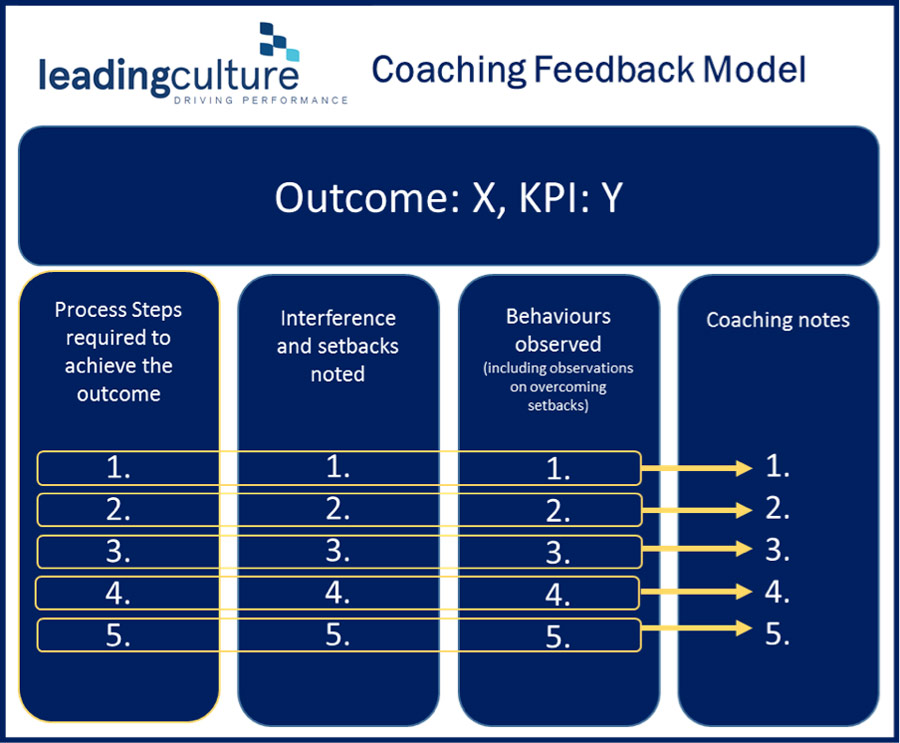
Making performance feedback work for both of you
Giving or receiving performance feedback when an outcome has been below the standard required is an uncomfortable thing to do.
For many of us, we recognise the discomfort and we genuinely don’t want to offend or hurt our employee’s feelings. So we end up circling around the issue, giving non-specific or generalised feedback resulting in them walking away confused. So what are we doing wrong, and how can we adjust our approach so that the conversation becomes a genuine coaching and learning opportunity?
Firstly, let’s step back and look at the system we operate in. Management doctrines are about achieving outcomes. Assigning KPI’s to tell us whether an outcome has been achieved is a practical but often harsh way of assessing an employee’s performance. As leaders, we know that there are hundreds of things that can go wrong along the way, many of which the employee has little or no control over, which can make achieving the KPI impossible. In these circumstances, we need to be able to provide effective feedback that keeps our employee engaged and feeling like there is something in this for them.
Consider the following feedback model, which has its origins in professional team sports coaching. In this world, players face the minute to minute challenge of overcoming setbacks in the pursuit of victory. Ultimately, only one team can be successful. Therefore, if we judge performance purely on win-loss, then most players in most competitions would be crushed by the inevitability of impending defeat. But that’s not how it is coached. The end outcome is often quite immaterial in the performance feedback.
In professional sport, like in business, what is important are the many micro steps, processes and decisions that are made along the way.
If we assess the process steps taken in combination with the interference or setbacks that occur along the way, we show our employees that we have been taking notice and we understand their struggle. Reviewing how the employee chose to overcome setbacks is where the opportunity for coaching and growth exists.
What behaviours did you observe? And what is your advice to your employee about making different choices next time, particularly decisions about their behaviour in these moments.
If you set it out as a sequence, as illustrated in the model, and engage in a genuine two way exchange of ideas, leading to you giving final coaching instructions for ‘next time’, then important transformations can occur:
- It teaches employees about developing strategy to achieve their goals.
- It teaches employees about the difference between strategy and tactics. That is, we employee tactics to overcome setbacks and remain on track to achieve strategy.
- It helps employees learn decision making, with particular emphasis on making smart decisions when under stress.
- It develops your leadership skills because you pay more attention to those ‘moments of truth’ along the way. Over time, the leader develops a better feel for when to intervene and when to let their employee work through their own decision making struggles. And finally,
- It builds better relationships between managers and their employees because the relationship becomes more about coaching and mentoring than command and control.

